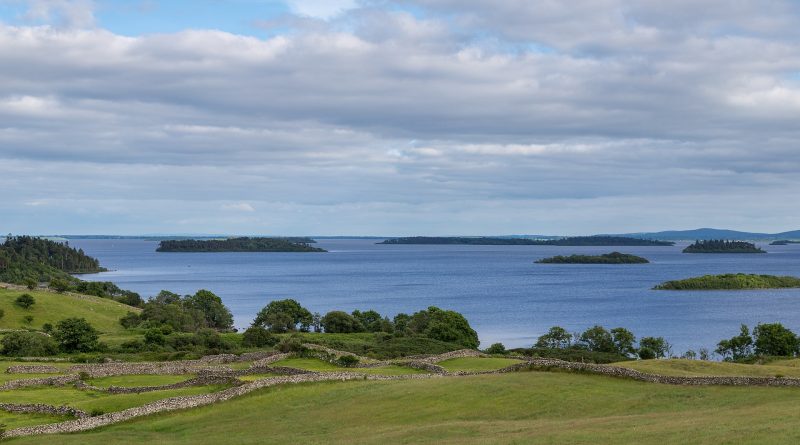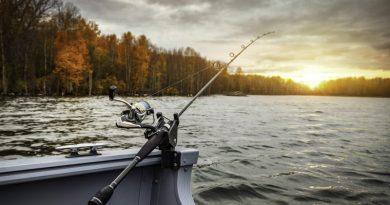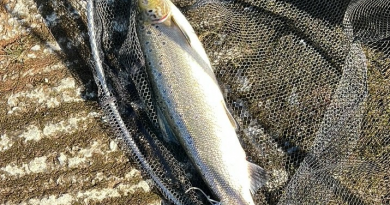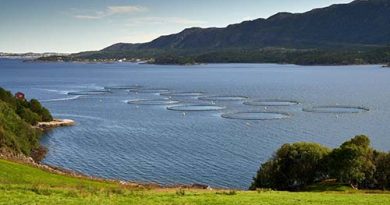Fly fishing for trout in may on lough corrib
Fly fishing for trout in Lough Corrib in May can be a very rewarding experience. Here are some tips to help you make the most of your fly fishing trip
- Time of day: As with any type of fishing, the time of day can make a big difference. Early morning and late evening tend to be the best times for fly fishing on Lough Corrib, when the water is cooler and the trout are more active.
- Location: Look for areas where the water is shallow and there is plenty of vegetation, such as lily pads or reeds. Trout tend to feed on insects and other small prey in these areas.
- Fly selection: Mayfly hatches are common in Lough Corrib in May, so be sure to bring along some Mayfly imitations in various sizes and colors. Other good fly choices include dry flies, such as Adams or Elk Hair Caddis, and nymphs like Pheasant Tails or Hare’s Ear.
- Equipment: A 4 or 5-weight fly rod with a matching reel and floating line is ideal for fly fishing for trout in Lough Corrib. A long leader with a tippet of 4-6 lb test is also recommended.
- Technique: When casting your fly, aim for accuracy and try to place it as close to the shore as possible. Slowly retrieve the fly with short, quick strips, and be ready for a strike at any moment.
- Regulations: As always, make sure to check the fishing regulations for Lough Corrib before you start fishing. There may be restrictions on the type of flies or catch and release regulations for certain types of fish.
- Safety: Finally, always be aware of changing weather conditions and wear a life jacket while fishing on Lough Corrib.
Lough Corrib is a large, deep lake located in western Ireland, known for its trout fishing. The best flies to use can vary depending on the time of year, weather conditions, and the specific areas of the lake you are fishing. However, here are some patterns that are commonly used and have proven successful on Lough Corrib:
- Bibio Hopper: This is a dry fly pattern that imitates a grasshopper or other terrestrial insect. It works well during the summer months when these insects are active.
- Connemara Black: A classic wet fly pattern that imitates a range of insects, including mayflies and caddisflies. This fly is often fished on a sinking line and can be effective throughout the season.
- Green Peter: Another wet fly pattern that imitates various aquatic insects, including midges and damselflies. This fly can be fished on a sinking line or intermediate line and is particularly effective in early season.
- Mallard and Claret: This wet fly pattern imitates small fish and fry, making it a good choice for fishing over deep water. It is often fished on a sinking line and can be effective throughout the season.
- Fiery Brown: This is a wet fly pattern that imitates a range of insects, including mayflies and sedges. It can be fished on a sinking line or intermediate line




